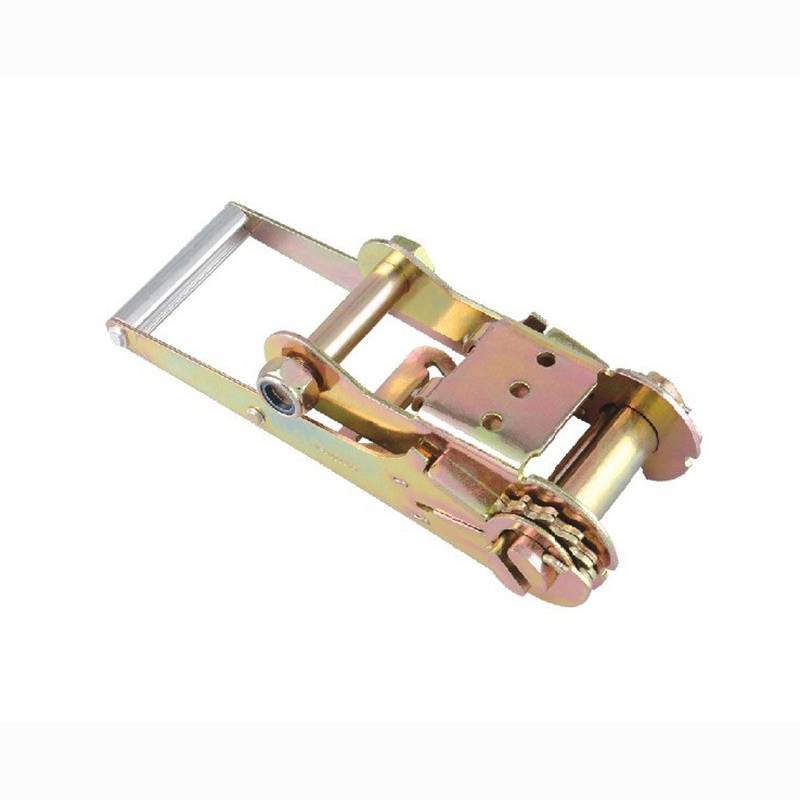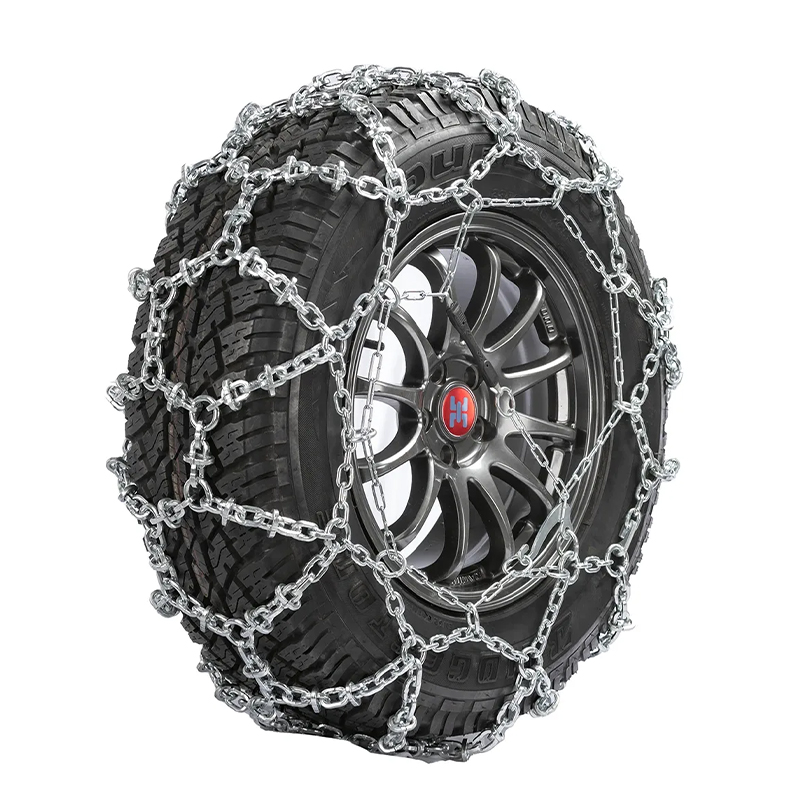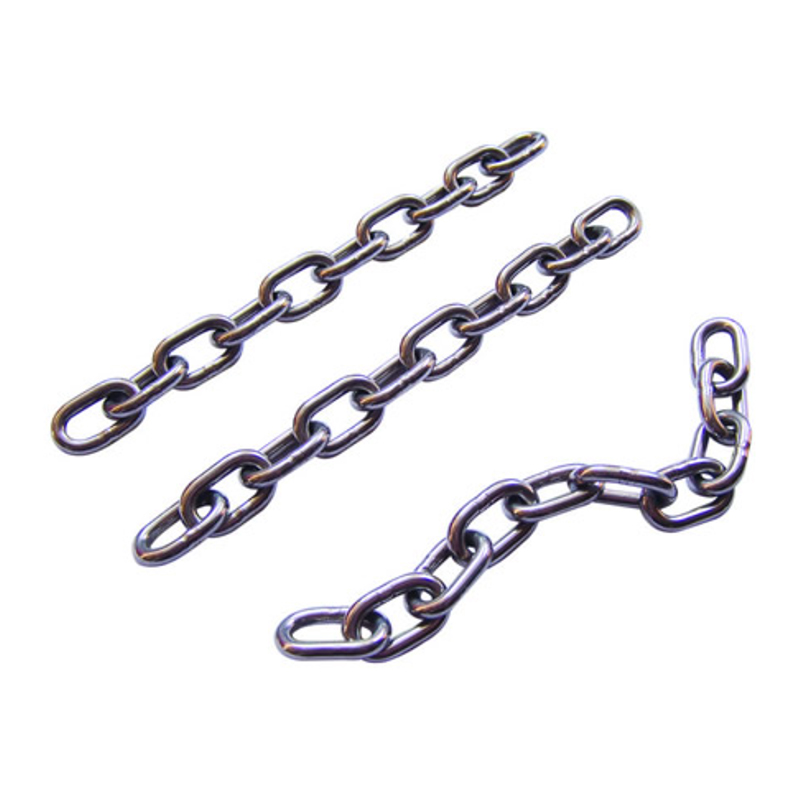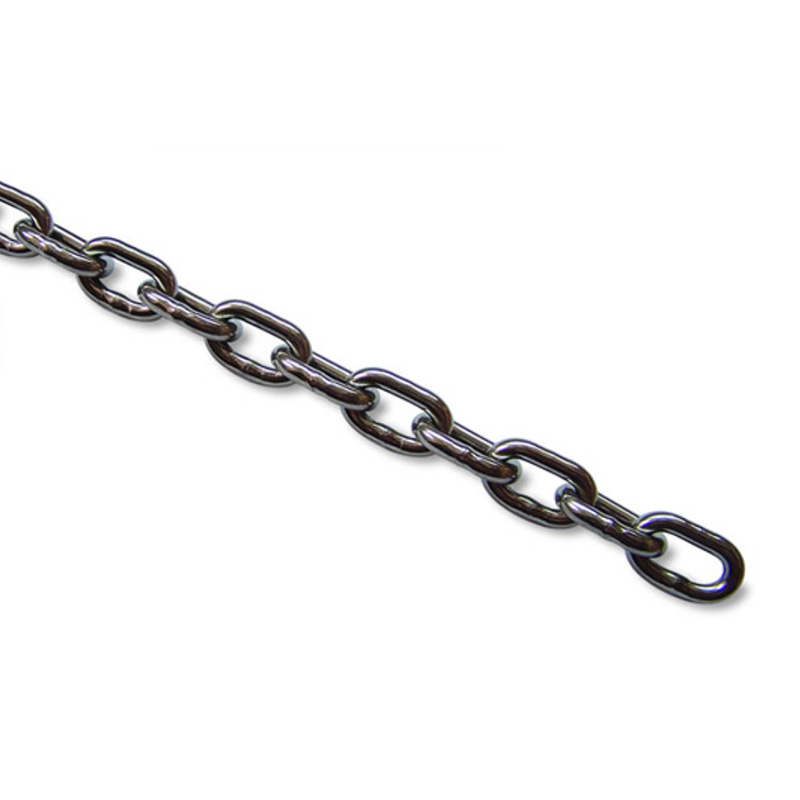What is a CHAIN SLING?
A CHAIN SLING is a type of lifting device commonly used in industrial and construction settings to move heavy loads safely and efficiently. It consists of high-strength metal chains, hooks, and connecting links, which together form a flexible and durable lifting assembly. CHAIN SLINGS are designed to withstand substantial weight and are suitable for a wide range of lifting applications, from machinery handling to large structural components.
Types of CHAIN SLINGS
CHAIN SLINGS come in several configurations, each tailored for specific lifting needs:
- Single-leg chain sling: A simple design with one chain leg, ideal for lifting moderate loads vertically.
- Double-leg chain sling: Two chain legs connected to a single master link, providing additional stability and support for heavier loads.
- Multi-leg chain sling: Three or more legs, often used for lifting irregularly shaped or oversized objects, ensuring even weight distribution.
These types of CHAIN SLINGS are essential tools in ensuring safe and efficient lifting operations, and understanding their structure and function is critical for any lifting task. Proper selection and use of CHAIN SLINGS can prevent accidents, improve workflow efficiency, and extend the lifespan of lifting equipment.
CHAIN SLING Lifting Safety Standards
Safety Regulations in Lifting Operations
- Complying with national and international lifting standards, which set the minimum requirements for safe load handling.
- Ensuring all personnel involved in lifting operations are adequately trained in safe lifting practices.
- Using appropriate personal protective equipment (PPE) such as gloves, helmets, and safety shoes.
- Planning the lift carefully, considering the weight, shape, and center of gravity of the load.
Inspection Requirements for CHAIN SLINGS
- Chain Links: Check for elongation, cracks, corrosion, or any visible deformities.
- Hooks and Connecting Links: Ensure they are free from cracks, bends, rust, or other forms of wear.
- Load Capacity: Verify that the sling’s rated capacity matches or exceeds the weight of the load.
- Certification and Markings: Ensure that identification tags and markings are intact and readable.
Safe Operation Practices
- Always lift loads vertically whenever possible to reduce side loading on the chains.
- Avoid sudden movements, swinging, or jerking of the load, which can cause chain failure.
- Do not twist, knot, or loop the chains improperly.
- Maintain a clear area around the lifting operation to prevent accidental injury to personnel.
- Follow proper attachment techniques, ensuring hooks are securely fastened and the load is balanced.
Adhering to these safety standards ensures that CHAIN SLINGS operate effectively and reliably. Regular inspections, proper handling, and compliance with lifting regulations significantly reduce the risk of accidents, protect equipment, and maintain a safe working environment.
CHAIN SLING Usage Guide
Step-by-Step Guide to Using a CHAIN SLING
- Inspection Before Use: Examine the chain links, hooks, and master links for damage, deformation, or corrosion. Verify the sling’s rated load capacity matches or exceeds the intended load.
- Correct Attachment: Attach hooks securely to lifting points, ensuring they are not twisted or improperly loaded. Position the sling to maintain proper balance and prevent tilting of the load.
- Lifting Procedure: Lift the load slowly and steadily, avoiding jerks or sudden movements. Ensure the load remains vertical, minimizing side forces on the sling.
- Lowering the Load: Lower the load gradually, keeping personnel clear of the path. Remove the sling carefully after the load is set, avoiding dragging or impact.
Common Usage Mistakes and How to Avoid Them
- Overloading the Sling: Always check the rated capacity; exceeding limits can cause chain failure.
- Improper Sling Angle: Maintain appropriate sling angles; extreme angles increase stress and risk of failure.
- Twisting or Knotting Chains: Never twist or knot the chains as this can weaken links and reduce load capacity.
- Neglecting Inspections: Skipping inspections can allow unnoticed damage to cause accidents.
By following these guidelines, operators can ensure that CHAIN SLINGS are used safely and effectively. Proper usage reduces the risk of equipment failure, prevents workplace accidents, and increases the longevity of lifting slings.
Lifting Equipment Selection Recommendations for CHAIN SLINGS
How to Choose the Right CHAIN SLING
- Load Weight: Select a chain sling with a rated capacity that meets or exceeds the heaviest load to be lifted.
- Chain Material and Grade: Consider the working environment; use high-strength alloy steel chains for heavy-duty operations and environments with potential corrosion.
- Lift Configuration: Determine the number of legs (single, double, or multi-leg) based on load shape and weight distribution.
- Lift Angle: Ensure the chain sling angle does not exceed recommended limits, as extreme angles reduce lifting capacity.
Combining CHAIN SLINGS with Other Lifting Equipment
- Hooks and Shackles: Ensure secure attachment points that are compatible with the chain sling.
- Cranes and Hoists: Match sling capacity with crane or hoist capacity to avoid overloading.
- Other Rigging Equipment: Use spreader bars or lifting beams when lifting irregular or elongated loads to distribute weight evenly.
Tips for Optimal Selection
- Always plan the lift considering the center of gravity and load stability.
- Factor in environmental conditions such as temperature, moisture, or chemicals that may affect the chain.
- Regularly review lifting operations to determine if equipment upgrades or adjustments are needed.
By carefully selecting the appropriate CHAIN SLING and compatible lifting equipment, operators can ensure safe, efficient, and reliable lifting operations while minimizing risks of accidents or equipment damage.
CHAIN SLING Maintenance Tips
Daily Maintenance Methods
- Cleaning: Remove dirt, grease, and other debris from the chains after each use.
- Lubrication: Apply appropriate lubricants to reduce friction between chain links and prevent corrosion.
- Visual Inspection: Check for signs of wear, elongation, cracks, or deformation before and after each use.
- Proper Storage: Store the chain sling in a dry, clean environment, preferably hanging or in a designated storage rack to prevent kinks and damage.
Regular Inspection and Lifespan Extension Strategies
- Scheduled Inspections: Conduct in-depth inspections periodically, as recommended by safety standards, to assess load-bearing capacity and detect hidden damage.
- Replacement of Damaged Parts: Replace any worn, bent, or broken links, hooks, or master links immediately.
- Documentation: Maintain records of inspections, maintenance, and repairs to track sling condition over time.
- Avoid Overloading: Always adhere to the rated load capacity to prevent premature wear or failure.
By following these maintenance tips, CHAIN SLINGS can operate safely and efficiently for many years. Proper cleaning, lubrication, storage, and inspections are key practices to ensure the reliability of lifting operations and protect both personnel and equipment.
Lifting Load Calculation Methods for CHAIN SLINGS
Basic Load Calculation Formulas
- Single-leg Chain Sling: The working load limit (WLL) for a single-leg chain sling is typically provided by the manufacturer or standard tables. Ensure the actual load does not exceed this limit.
- Multi-leg Chain Sling: For double or multiple-leg slings, the total load should be divided among the legs, considering the sling angle. The formula often used is:
WLL_leg = W / (n × cos θ) Where: WLL_leg = working load limit per leg W = total load n = number of sling legs θ = angle between sling leg and vertical
Practical Considerations in Load Calculation
- Dynamic vs. Static Loads: Account for dynamic forces such as acceleration, deceleration, or swinging loads, which may increase effective load on the sling.
- Safety Factor: Apply an appropriate safety factor (usually 4:1 for lifting chains) to ensure adequate margin for unexpected stresses.
- Load Distribution: Ensure the load is evenly distributed among all legs of the sling to prevent overloading any single chain.
- Environmental Factors: Consider temperature, moisture, or chemical exposure that may reduce chain strength.
By applying these calculation methods and best practices, operators can safely determine the maximum load for any CHAIN SLING lifting operation. Correct load assessment prevents accidents, prolongs equipment life, and ensures reliable and efficient lifting performance.
Frequently Asked Questions (FAQ)
1. What is a CHAIN SLING and where is it used?
A CHAIN SLING is a lifting device made of high-strength chains, hooks, and connecting links, designed for safely handling heavy loads. It is widely used in industries such as construction, manufacturing, logistics, and shipyards. Shanghai TCH Metals & Machinery Co., Ltd. specializes in producing top-quality chain slings, ensuring safety and reliability for various lifting applications.
2. How should CHAIN SLINGS be inspected and maintained?
Proper inspection and maintenance are crucial for the safe operation of CHAIN SLINGS. Users should regularly check for chain elongation, cracks, or corrosion, ensure hooks and master links are in good condition, and perform periodic lubrication and cleaning. Shanghai TCH Metals & Machinery Co., Ltd. offers professionally manufactured slings with detailed maintenance guidelines, helping clients extend the lifespan of their lifting equipment while ensuring operational safety.
3. How do I calculate the safe working load of a CHAIN SLING?
The safe working load (SWL) of a CHAIN SLING depends on the number of sling legs, the load weight, and the sling angle. Operators should follow standard calculation methods, apply appropriate safety factors, and account for dynamic forces. Shanghai TCH Metals & Machinery Co., Ltd. provides high-quality chain slings and technical support, assisting customers worldwide in choosing the right equipment and performing accurate load calculations for safe lifting operations.
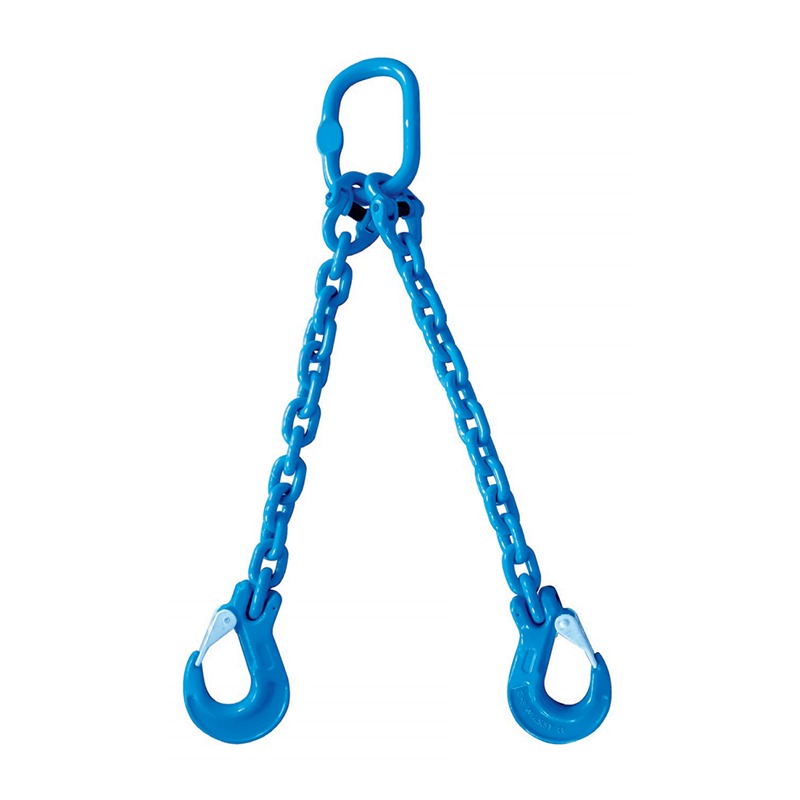

 English
English Español
Español Deutsch
Deutsch 日本語
日本語